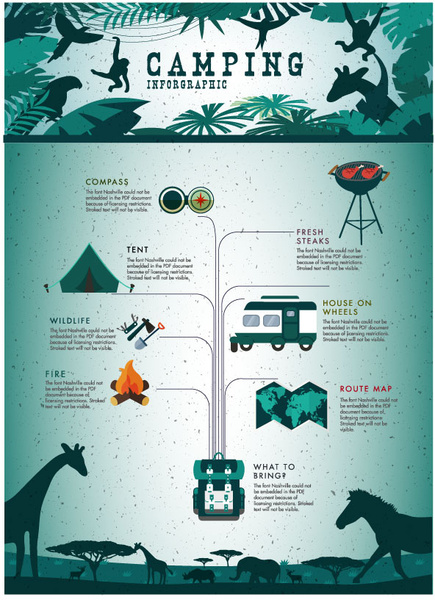Photographing the evening skies can be a really rewarding experience. But it takes some planning and experimentation to get fantastic results.
What does it mean to go glamping?
Begin by hunting the shoot area throughout daytime to see to it it has some intriguing foreground attributes such as a lake representation, rock development or lighthouse. Strategy your shot around moonrise and sundown times, and understand when the Galaxy increases expenses and in what direction.
Choosing a Location
The first step in taking photographs of the night sky is choosing a location. The best areas have marginal light air pollution, which can cover the stars. These locations are rated on the Bortle range from 1 (the darkest) to 9 (one of the most contaminated).
It's additionally crucial to discover a risk-free and available location, especially after dark. Choose a place much from roadways or camping sites and far from ground lights, such as streetlights or moonlight. You can utilize a map or app, such as PhotoPills, to help you intend your shot and establish the ideal time of day.
The next step is determining the composition of your picture. Consisting of intriguing foreground aspects, such as trees or mountains, can add deepness and a feeling of scale to your image. Experiment with various setups, such as shutter rate and aperture, to accomplish the desired effect. As an example, if you intend to catch star trails, begin with a lengthy exposure of around 30 seconds and gradually lower the shutter rate up until the stars start to route.
Selecting a Video camera
In order to capture jaw going down pictures of the stars & Milky Way it's important to make use of the ideal video camera gear. This consists of a luxury DSLR or mirrorless video camera with a wide angle lens. For evening skies photography you'll also require a durable tripod.
The initial step is to concentrate your cam on a brilliant star. Making use of online view you can make use of the magnifying feature to focus on the part of the celebrity that shows up smallest and most like a determine. Then take a test shot and examine the lead to playback. If the star looks extended that's an indication that you need to lower your shutter speed time.
It's also a good idea to bring added batteries as some sorts of evening sky photography involve extensive direct exposures that drain pipes the battery. Particularly if you're shooting celebrity trails or recording pictures for stacking. An electronic camera cooling system is also beneficial to help stay clear of digital sound from overheating throughout long direct exposures.
Taking the Photo
An electronic camera with ISO capabilities and a wide-angle lens are the important devices for night sky pictures. Preferably, take technique shots to make sure the stars remain in sharp focus which your focus expands out far sufficient to the edge of the structure. Then, tape the lens down so it does not redouble during a lengthy exposure.
Trying out exposure times lasting from a couple of minutes to numerous hours, depending on the area's light pollution and your lens' optimal aperture. For example, longer direct exposures can show celebrity trails, while shorter ones can record arcs of light or vortex-like circles.
For a much more precise look, established the white balance to tungsten or kelvin and shoot in RAW setting, rather than JPEG, for optimum editing versatility. Also, make certain to bring a lot of batteries, because lengthy exposures can drain them promptly. Have a look at the Clear Dark Skies app to locate a weather report that mirrors your place's presence.
Editing the Image
Photographing the night skies is a very gratifying experience and supplies a deep connection to our huge cosmos. Selecting an area free of light air pollution and shooting throughout the new moon or when the Galaxy isn't full are crucial to capturing spectacular photos. A good weather condition application is also worth purchasing as weather can really hinder your opportunities of success.
Practice changing your electronic camera's settings (ISO, aperture, shutter speed) prior to you arrive at your selected area. Ensure that you have lots of battery life as lengthy direct exposures will quickly drain it. Think about making use of a flashlight to brighten objects in your foreground throughout a lengthy exposure; this will give them a beautiful look.
How do you stay warm in a tent?
Try developing a structure that consists of both a photo of the foreground and one of the celebrities at night by mixing 2 separate direct exposures together. You will certainly need to bell tent glamping have actually taken a direct exposure of the foreground throughout the Blue Hour and one more of the stars in the evening.
